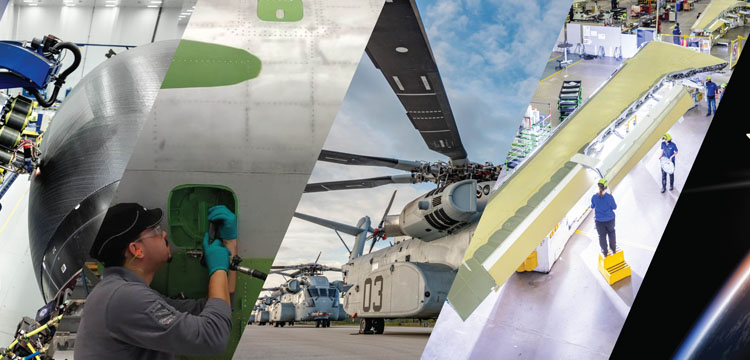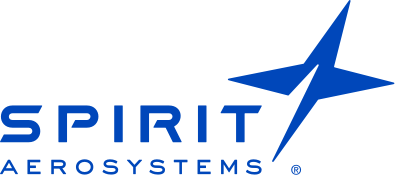

Building a Resilient Supply Chain to Support Aerospace’s Future
Most of us are accustomed to aerospace’s cyclical nature. But when the pandemic went into full swing, we felt the earth fall from beneath our feet – with recent numbers from McKinsey & Company reporting that demand for new commercial aircraft declined by about 55% from 2019 to 2020. Almost three years later, we’re still working to find the answers to one of the toughest questions the pandemic raised: How can we future-proof our supply chains so if abrupt shocks in demand happen again, we’ve lessened the downstream burden and increased supply chain resiliency?
While a multi-faceted and complex challenge that likely doesn’t have one universal answer, we believe there are actions manufacturers can take today to build for the future.
Building a resilient supply chain
The most important ingredient in building a resilient supply chain is having a robust supply base. It’s what supports the continued availability of raw materials and parts to manufacturers. Developing one takes an ongoing and concerted effort and can be made possible through taking these three actions:
- Be a partner to suppliers. This puts a focus on retention and helps to facilitate honest conversations with suppliers. This is particularly helpful for manufacturers to learn what work suppliers are best suited for. Knowing upfront what they are good at and what might cause them issues helps avoid assigning them projects they cannot support.
- Support suppliers in increasing their operating efficiency. Many suppliers don’t have the same access to resources as we do. This means they may not have the time or budget to review raw material costs and workflow efficiencies from digital engineering. Working with suppliers to find opportunities to operate more efficiently and grow their businesses helps suppliers learn a lot about where their time is best spent, what their materials costs should be, and how to increase their productivity.
- Help suppliers maintain consistent workloads. If a supplier is not serving multiple programs, they’re beholden to riding the shifts in demand of one program. Expanding their work can help balance variations in program rates and workloads. For manufacturers of both commercial and defense platforms, looking for opportunities where suppliers can serve both industries allows for taking advantage of open and lag capacity when it appears. That way all the resources that are put into building up capability are worthwhile – tools are being used efficiently and effectively rather than sitting idle.
We’ve validated these best practices and have put them to work at Spirit, investing $2.3 billion to help more than 600 suppliers throughout the pandemic. Collectively, we’ve been ready as one team to support customers.
Stronger for the future
Building more resilient supply chains through a robust supply base supports us all. It creates suppliers who are competitive in the market, profitable, spending money, and hiring – outputs that help fuel our industry and economy.
Bringing aerospace into the future requires us to work together and establish supply chains that can weather the journey. It's through these vital partnerships that aerospace has the potential to thrive. What will you do to boost your supply chain?


